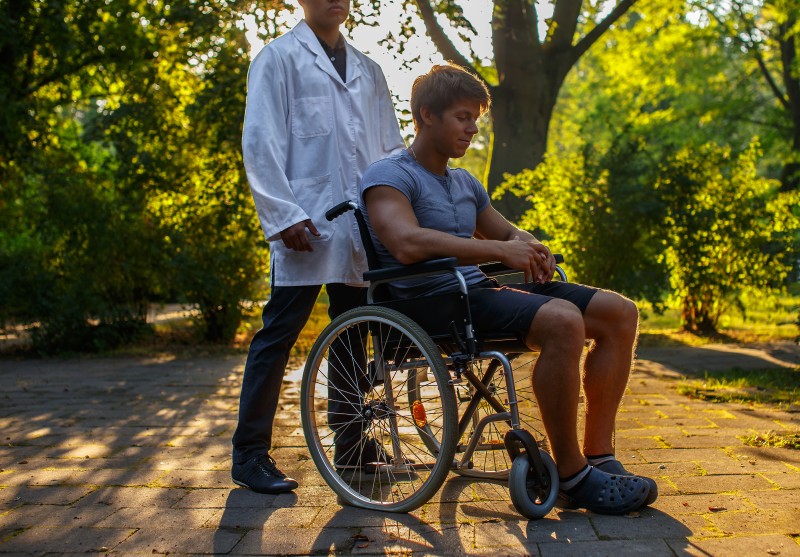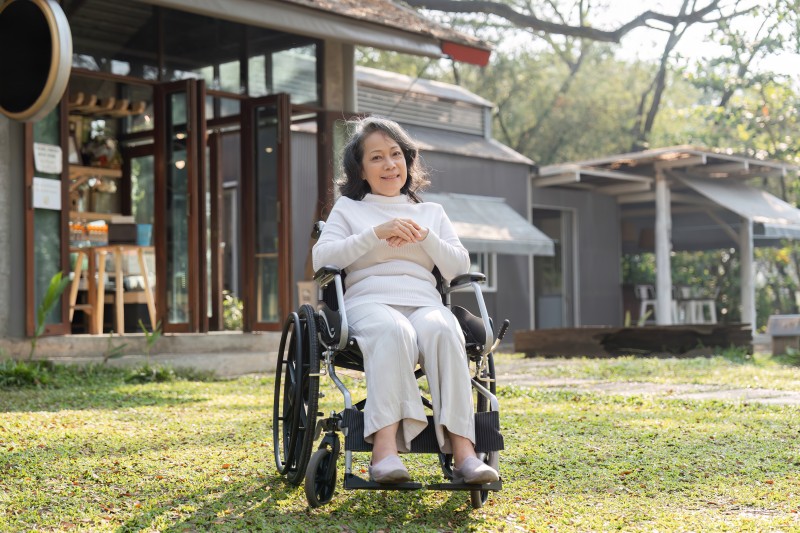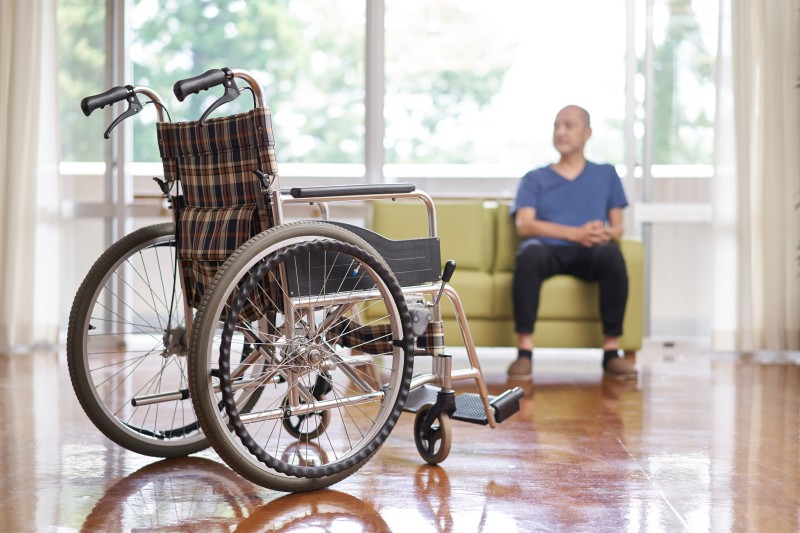Ethiopia Wheelchair Support Ecosystem 2025: After-Sales Networks & Rental Market Economics
Ethiopia’s wheelchair market valued at $31M is transforming through service enhancement to require 58% of hospital contracts to include more than three years of maintenance support while wheelchair rental programs experience 41% annual growth. The study shows that distributors find after-sales services their primary profitability driver as 87% of them report this fact and presents ways to build WHO-approved service networks and rental models that achieve a 19% return on investment. Integrated support ecosystems have the potential to triple customer lifetime value in Africa’s rapidly expanding medical equipment sector.










